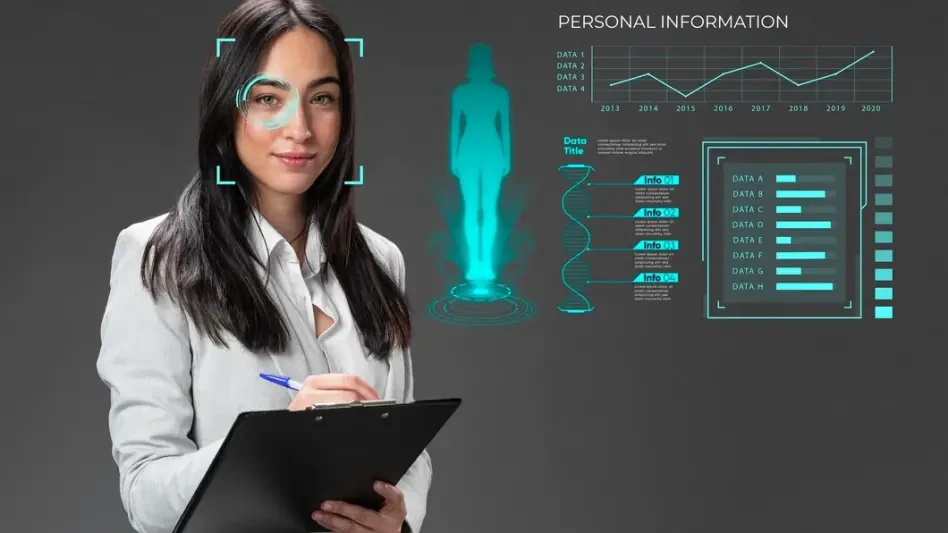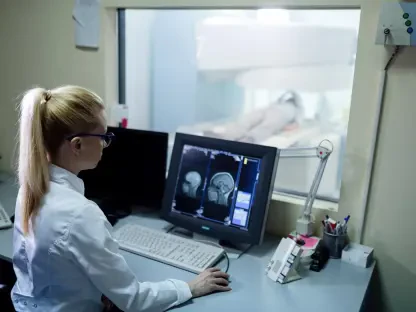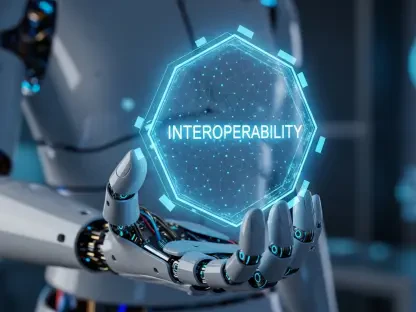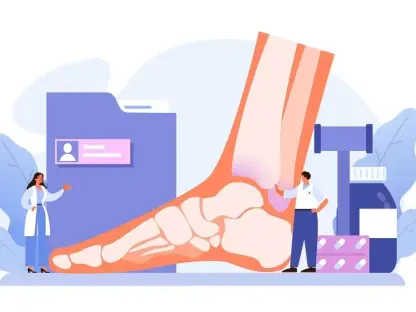What if the secret to transforming healthcare lies buried in data too sensitive to touch, and every day, vast troves of patient information—vital for research, AI innovation, and improved care—sit locked away due to privacy concerns? Statistical de-identification, a powerful yet underutilized method, offers a key to access this goldmine without risking patient trust. By stripping data of identifiable markers while preserving its analytical value, this approach is reshaping how healthcare balances ethics and progress. Dive into the stakes, strategies, and steps to master this critical process.
The importance of this topic cannot be overstated. With healthcare generating over 30% of the world’s data volume, as recent studies indicate, the demand for usable, compliant datasets is skyrocketing. From powering AI-driven diagnostics to enabling groundbreaking clinical trials, de-identified data fuels innovation. Yet, stringent regulations like HIPAA create a tightrope between utility and privacy. Statistical de-identification stands as a flexible, risk-based solution, allowing organizations to maximize data potential while safeguarding individuals—a necessity for staying competitive in a digital health landscape.
Why De-Identification Is a Game-Changer in Healthcare
In an era where data drives decisions, healthcare faces a unique paradox. Patient information, or Protected Health Information (PHI), holds immense potential for advancing treatments and systems, but its sensitivity demands strict protection. Regulations like HIPAA set clear boundaries, requiring de-identification to shield identities during research or analytics. Unlike the rigid “safe harbor” method that often strips data of its usefulness, statistical de-identification assesses actual re-identification risks, offering a smarter path forward.
This method’s relevance grows as data needs expand. With AI tools and analytics requiring detailed, diverse datasets, healthcare organizations must adapt to remain ethical and innovative. A striking example comes from a major hospital network that recently used statistical methods to share data for a rare disease study, retaining critical details like age ranges while masking direct identifiers. Such cases highlight how de-identification isn’t just compliance—it’s a strategic tool for progress.
The stakes extend beyond individual projects. Failure to protect data can erode public trust, as seen in past breaches where exposed PHI led to lawsuits and reputational damage. Conversely, mastering this process positions organizations as leaders in both privacy and innovation, creating a ripple effect across the industry. The challenge lies in navigating its complexities, a hurdle worth tackling for the rewards it unlocks.
Decoding the Core of Statistical De-Identification
Statistical de-identification isn’t a one-size-fits-all fix; it’s a tailored process that evaluates re-identification risks based on data specifics, recipients, and safeguards. Unlike the safe harbor approach, which strips 18 specific fields and often renders data useless, this method preserves utility by focusing on measurable threats. For instance, it might retain demographic details in large datasets where risks are low, while masking them in smaller, localized ones.
Techniques go far beyond simple redaction. Methods like data randomization, noise addition, and synthetic data generation obscure identifying patterns without sacrificing analytical value. Cryptographic private IDs also play a role, linking records across datasets without exposing PHI, provided robust safeguards prevent reversibility. Additionally, advancements now allow de-identification of unstructured data—think clinical notes or medical images—once deemed too complex, opening new doors for research.
Balancing trade-offs is central to this approach. Consider ethnicity datin diverse regions, it might remain unmasked, but in areas with uniform demographics, it could be highly identifying and thus obscured. Such decisions demand strategic planning to ensure data serves its purpose. With healthcare datasets expanding rapidly, mastering these nuances becomes essential for compliance and cutting-edge outcomes.
Expert Perspectives on Navigating Privacy and Utility
Insights from industry leaders shed light on the practical impact of statistical de-identification. Jordan Collins, General Manager of Privacy Analytics at IQVIA, notes, “This isn’t merely a regulatory checkbox; it’s a way to unlock data’s value while managing privacy risks strategically.” With over 20 years in data analytics, Collins emphasizes the method’s role in enabling enterprise-level decisions without ethical compromise.
Legal expertise also proves invaluable, as Jennifer Geetter, a partner at McDermott Will & Emery, highlights: “Cross-functional collaboration between legal, technical, and business teams ensures de-identification aligns with broader goals.” Her perspective points to the necessity of integrating diverse viewpoints. A real-world case underscores this—a healthcare provider partnered with statisticians to adapt data for a cancer research initiative, retaining key variables while meeting HIPAA standards, demonstrating how expert input turns challenges into successes.
These voices reveal a common thread: success hinges on blending technical skill with strategic vision. Organizations ignoring this synergy risk falling behind, while those embracing it gain a competitive edge. The lesson is clear—expert guidance transforms statistical de-identification from a burden into a powerful asset for innovation.
A Practical Roadmap for Implementation
For healthcare organizations ready to adopt statistical de-identification, a structured approach is critical. Start by aligning stakeholders on goals, identifying the maximum data needed and potential use cases, while considering recipient controls. Engaging legal counsel early helps navigate compliance, especially for novel or high-stakes initiatives. Collaboration with statisticians then ensures techniques like data shifting or tokenization balance privacy with utility.
Beyond traditional data tables, include unstructured formats like clinical notes, leveraging evolving technology to avoid limiting scope. Design systems for flexibility, creating a “menu” of access options by selectively masking fields based on context. Treat the statistical opinion as a comprehensive guide—adhere to all elements, from data dictionaries to contractual safeguards, as deviations can void compliance. Building long-term relationships with experts also ensures opinions are renewed (often every 18 months) and adapted to changing needs.
Infrastructure investment is equally vital. Data tagging offers field-level granularity, while a “data lake” supports diverse future uses, ensuring the opinion applies to both full datasets and subsets. AI can accelerate de-identification, especially for unstructured data, and validate risk assumptions, though vigilance is needed as it may heighten re-identification risks. This roadmap turns a complex process into a manageable, value-driven endeavor.
Harnessing AI’s Dual Role in De-Identification
Artificial intelligence emerges as both an ally and a challenge in statistical de-identification. On one hand, AI tools streamline the handling of unstructured data—such as medical transcripts or imaging—speeding up processes that once took weeks. They also enhance risk analysis by testing statistical assumptions against real-world scenarios, ensuring robust privacy measures. A recent pilot by a research institute saw AI cut de-identification time for clinical notes by 40%, proving its efficiency.
On the flip side, AI introduces new vulnerabilities. Its ability to detect subtle patterns in data could increase re-identification risks if not carefully monitored. For example, machine learning models might uncover hidden correlations in de-identified sets, potentially reversing privacy protections. This duality demands cautious integration, with safeguards like regular audits to counterbalance AI’s probing nature.
The key lies in strategic deployment. Organizations must harness AI’s strengths for speed and accuracy while mitigating its risks through updated risk assessments. As technology evolves, staying ahead of these dynamics will be crucial for maintaining the integrity of de-identified data in healthcare’s fast-paced digital environment.
Reflecting on a Path Forward
Looking back, the journey through statistical de-identification revealed a landscape where privacy and innovation intertwine with remarkable potential. Healthcare organizations that tackled this process head-on found themselves not just compliant, but ahead of the curve, turning data into actionable insights. The collaboration between technical experts, legal minds, and business leaders proved to be the bedrock of success, as seen in projects that balanced risk with reward.
The next steps center on sustained effort and adaptation. Building robust infrastructures, like data lakes and tagging systems, became a priority to support diverse applications over time. Embracing AI’s benefits while addressing its risks emerged as a critical focus, ensuring that tools enhanced rather than endangered privacy. Above all, fostering ongoing partnerships with statisticians guaranteed that de-identification strategies evolved alongside regulatory and technological shifts, securing a future where data’s power was fully realized without compromise.









